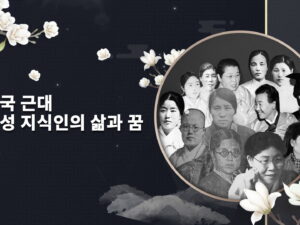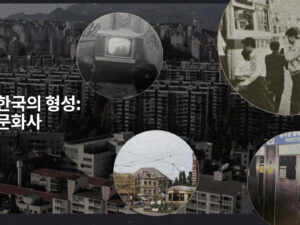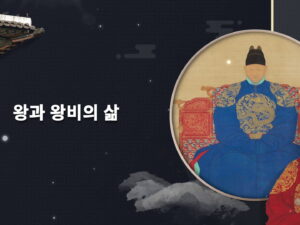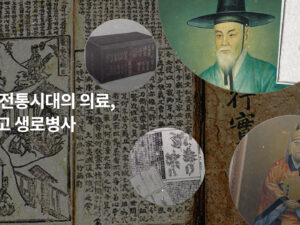Korean History 101
As a prerequisite for the Korean history courses offered by the Institute for Global Korean Studies, this course provides basic ...
Show more
Instructor
igkslms
- Description
- Curriculum
- Notice
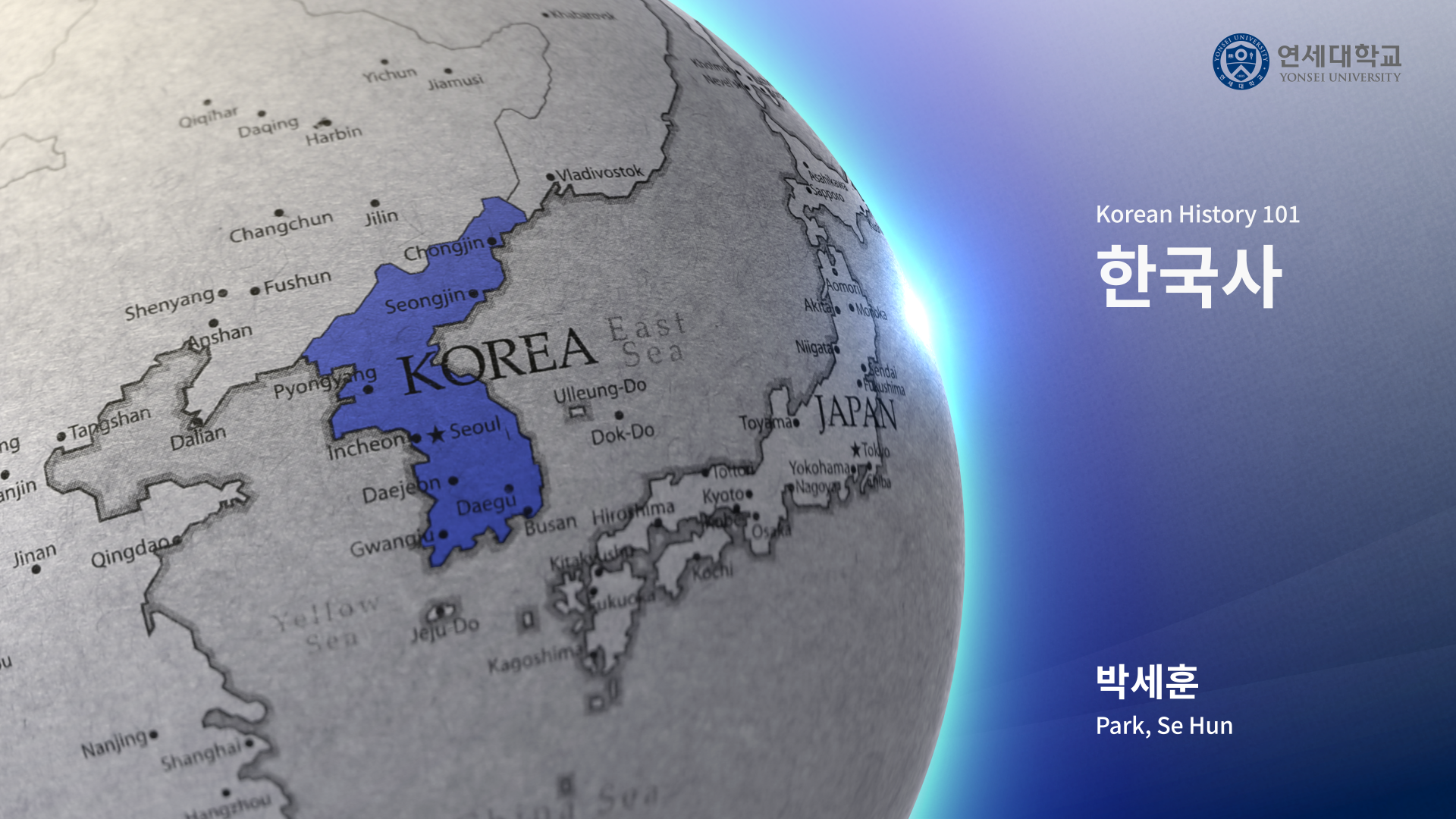
Course Introduction
As a prerequisite for the Korean history courses offered by the Institute for Global Korean Studies, this course provides basic knowledge of Korean history from the prehistoric era to the modern period and covers the history of foreign relations for each era.
Learning Objectives
1. Students will acquire essential and basic knowledge required for understanding each period of Korean history.
2. Students will learn to view Korean history in the context of world history, and vice versa, by examining the history of foreign relations in each era.
1. Prehistoric Cultures and the Formation of Ancient States
-
11-1. World History inside Korean History, Korean History inside World History, part 1
-
21-2. Gojoseon, the First Korean State
-
3└ Inside the Scene of Korean History, Session 1: Ganghwa Dolmen
-
41-3. Formation of Ancient States and Their Fierce Confrontations
-
51-4. Development of Ancient States and their Foreign Exchanges
-
6└ Inside the Scene of Korean History, Session 2: Tomb of King Muryeong in Gongju
2. Development of the Northern and Southern States period
-
72-1. World History in Korean History, Korean History in World History, part 2
-
82-2. Silla’s Unification and the Establishment of Balhae
-
92-3. The Development and Changes of the Northern and Southern States
-
10└ Inside the Scene of Korean History, Session 3: The Tomb of King Munmu in Gyeongju
-
112-4. Culture and Foreign Exchange of the Northern and Southern States
-
12└ Inside the Scene of Korean History, Session 4: Bulguksa Temple and Seokguram Grotto
3. Establishment of the Goryeo Dynasty
-
133-1. Korean History in World History, World History in Korean History, part 3
-
143-2. The Founding of Goryeo and Political Changes
-
15└ Inside the Scene of Korean History, Session 5: Gaegyeong, The Capital of Goryeo
-
163-3. Goryeo’s Foreign Relations from the 10th to the 12th Centuries
-
173-4. Establishment of the Military Regime
4. Transformation of Goryeo Dynasty
-
184-1. Korean History in World History, World History in Korean History, part 4
-
194-2. Mongol Invasions and the Resistance Against the Mongols
-
204-3. Mongol Interference and Goryeo’s Reforms
-
21└ Inside the Scene of Korean History, Session 6: The Reason Why Jeju Island Has Many Horses
-
224-4. Culture of Goryeo
-
23└ Inside the Scene of Korean History, Session 7: Enshrining Buddha’s Words, Haeinsa Temple
5. Founding and development of Joseon Dynasty
-
245-1. Korean History in World History, World History in Korean History, part 5
-
255-2. The Founding of Joseon as a Confucian State
-
265-3. The Birth of Hangeul and the Development of Science and Technology
-
275-4. Spread of Confucian Culture and the Rusticated Literati
-
28└ Inside the Scene of Korean History, Session 8: The Confucian Academy, a Place filled with the Lives of Joseon Scholars
6. Changing in Joseon Society and Transition to Modernity
-
296-1. Korean History in World History, World History in Korean History, part 6
-
306-2. Imjin War and the Manchu War
-
316-3. Political Changes in Late Joseon
-
32└ Inside the Scene of Korean History, Session 9: Suwon Fortress in Suwon, Which Contains the Dream of King Jeongjo
-
336-4. Economic, Social, and Cultural Changes in Late Joseon
7. Opening of the Ports and the Japanese Occupation
-
347-1. Korean History in World History, World History in Korean History, part 7
-
357-2. Opening of the Ports and Efforts to Build a Modern Nation-State
-
367-3. The March 1st Movement and the Provisional Government of the Republic of Korea
-
37└ Inside the Scene of Korean History, Session 10: Seodaemun Prison
-
387-4. Korean Emigration During the Colonial Period and Overseas Koreans
8. Development of the Republic of Korea
-
398-1. Korean History in World History, World History in Korean History, part 8
-
408-2. The Democratization Movements in South Korea
-
41└ Inside the Scene of Korean History, Session 11: May 18 National Cemetery
-
428-3. South Korea’s Economic Development
-
438-4. Inter-Korean Reconciliation and South Korea in East Asia
-
44└ Inside the Scene of Korean History, Session 12: Imjin’gak, A Symbol of Division and Peace
Park, Se Hun
History Teacher, Jeonbuk Physical Education High School







